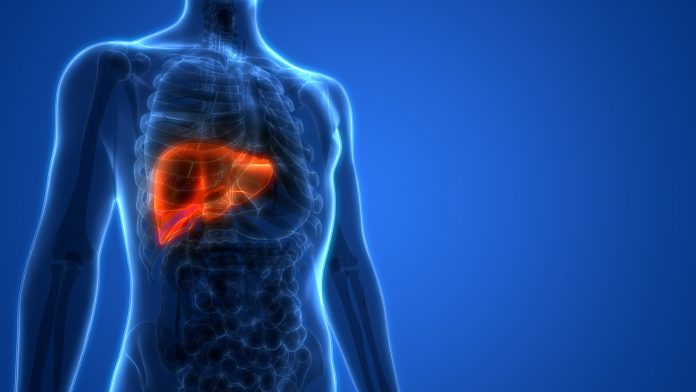
Liver cirrhosis, a disease in which tissue in the liver becomes dysfunctional and scarred, is the final stage of most chronic liver diseases and the fourth most frequent cause of death in central Europe.
German researchers have investigated data sets from the German Federal Statistical Office on the approx. 250 million hospital admissions took place from 2005 to 2018 in Germany for any reason and were categorised according to the Tenth Revision of the International Classification of Diseases (ICD-10). They found that 0.94 per cent of these hospitalised patients had been diagnosed with liver cirrhosis, which in most cases occurred as comorbidity and not the primary disease. In absolute figures, admissions of patients with liver cirrhosis rose from 151,108 to 181,688 during the observation period.
Professor Jonel Trebicka and his team of researchers from Goethe University Frankfurt led the research.
The mortality rate from liver cirrhosis
The primary endpoint of the study was the mortality rate of liver cirrhosis in hospitals. The researchers found it exhibited a welcome fall from 11.57% to 9.49% during the investigation period, but it remains higher than the respective rates for other chronic diseases such as cardiac insufficiency (8.4%), renal failure (6.4%) and chronic obstructive pulmonary disease (5.2%). In cases where liver cirrhosis was comorbid with another chronic disease, it increased that disease’s mortality rate two to three-fold; the greatest effect was observed with infectious respiratory diseases.
Due to the introduction of direct-acting antivirals to combat Hepatitis C, the proportion of HCV-related liver cirrhosis fell during the observation period to around one-third. Subsequently, the frequency of liver cirrhosis caused by non-alcoholic fatty liver disease quadrupled during the same period, in parallel with a rise in the number of obese patients. However, despite these etiological trends, liver cirrhosis caused by alcohol abuse continues to dominate. It accounts for 52% of all cirrhosis in the study, and the absolute number is still rising.
Gastrointestinal bleeding
Gastrointestinal bleeding is increasingly becoming rare as a complication of liver cirrhosis in hospital patients, presumably due to the treatment guidelines that continue to be applied in German hospitals, including endoscopic procedures or the administration of non-selective beta-blockers. By 2018, bleeding from oesophageal varices had shrunk to one-tenth of its original level in 2015. However, deterioration of symptoms owing to ascites or hepatic encephalopathy caused by insufficient detoxification by the liver has increased. The number of portal vein thromboses doubled in parallel with the increased use of imaging diagnostics.
The patients admitted with cirrhosis were much younger than those with other chronic diseases: half of them were under the age of 64. Higher hospitalisation rates and in-hospital mortality rates were recorded in the eastern German states than in western Germany. Across the country, approximately two-thirds of patients hospitalised with liver cirrhosis were men. Many of them died whilst in their fifties or younger, which explains a large number of disability-adjusted life years and the enormous socio-economic burden caused by liver cirrhosis, as men in this age group still account for the majority of the labour force.
“The results of our study show that the decision-makers and financing bodies in the health system should invest much more in the prevention of alcohol-related liver cirrhosis,” Professor Jonel Trebicka concluded. “They also point up how important it is to recognise and treat liver cirrhosis as a comorbidity of other chronic diseases.”






















